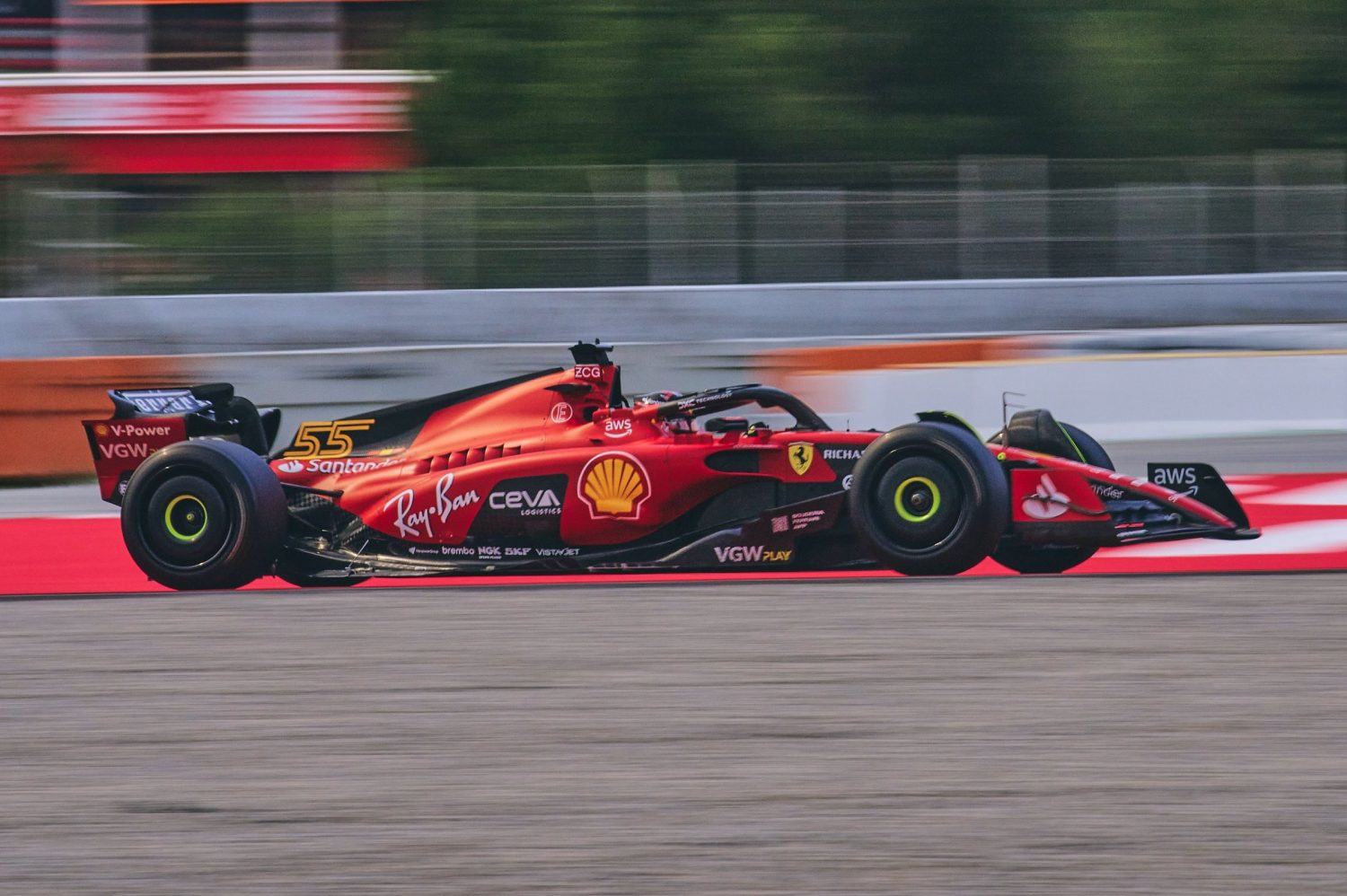FIA approves rule change to permit 2026 testing with ‘mule cars’
Formula 1 teams have been given a green light to accelerate their preparations for the sport’s 2026 technical revolution, with the FIA approving a pivotal rule change permitting the use of ‘mule cars’ for ten days of testing this year.
In Formula 1, a mule car is essentially a modified chassis adapted for testing purposes. These cars are extensively modified to mimic future regulation changes, which means they can significantly differ from their original specifications.
The relaxed rules for mule cars just decided by the FIA’s World Motor Sport Council enable teams to implement various updates, offering a valuable opportunity to replicate the demands of the upcoming regulations.
Previous mule car programs focused primarily on aerodynamic developments. For instance, ahead of the 2017 regulation changes, teams experimented with various aerodynamic devices to maximize downforce.
However, the 2026 regulations introduce a radical shift with complex active aerodynamic systems, making it significantly harder to replicate the new cars’ behavior through mule car testing.
Furthermore, the introduction of new power unit regulations compounds the challenge. Unlike the 2017 changes, which retained the same power unit, teams now face the daunting task of simulating both aerodynamic and powertrain advancements simultaneously.
Teams have a choice when selecting a base car for their mule. They can opt for a pre-2022 chassis, which is closer in size to the 2026 regulations but lacks the ground-effect aerodynamic philosophy of the current cars.

©Pirelli
Alternatively, they can modify a newer car, but this comes with the challenge of adapting a larger chassis to the smaller 2026 dimensions.
Commenting on the recent regulation change, Pirelli's motorsport director, Mario Isola, has cast doubt on the ability of F1 teams to accurately simulate the characteristics of the 2026 cars using mule cars.
He specifically highlighted the impossibility of replicating the smaller car dimensions and active aerodynamic systems that will be introduced in the new regulations.
“It’s impossible, I would say, to create a mule car with similar characteristics,” commented Isola, speaking to RaceFans.net.
“We will not have smaller cars. We can save some weight – instead of doing long runs with full tanks you can, reduce the level of fuel just to simulate the weight. But for the rest, it’s impossible because you don’t have the active aerodynamics.”
While the opportunity to experiment is invaluable, extracting meaningful data from these modified cars will be far from straightforward, as Isola suggests.
The teams that can best overcome these challenges and optimize their mule car programs could gain a significant advantage when the new era of Formula 1 begins.
Keep up to date with all the F1 news via Facebook and Twitter
The post FIA approves rule change to permit 2026 testing with ‘mule cars’ appeared first on F1i.com.

